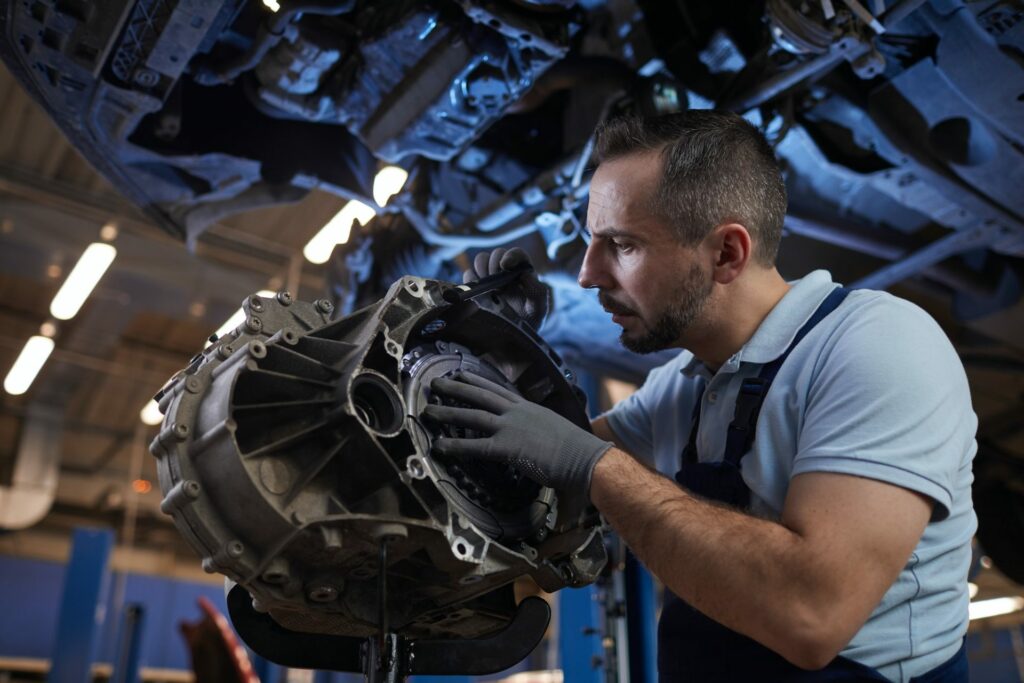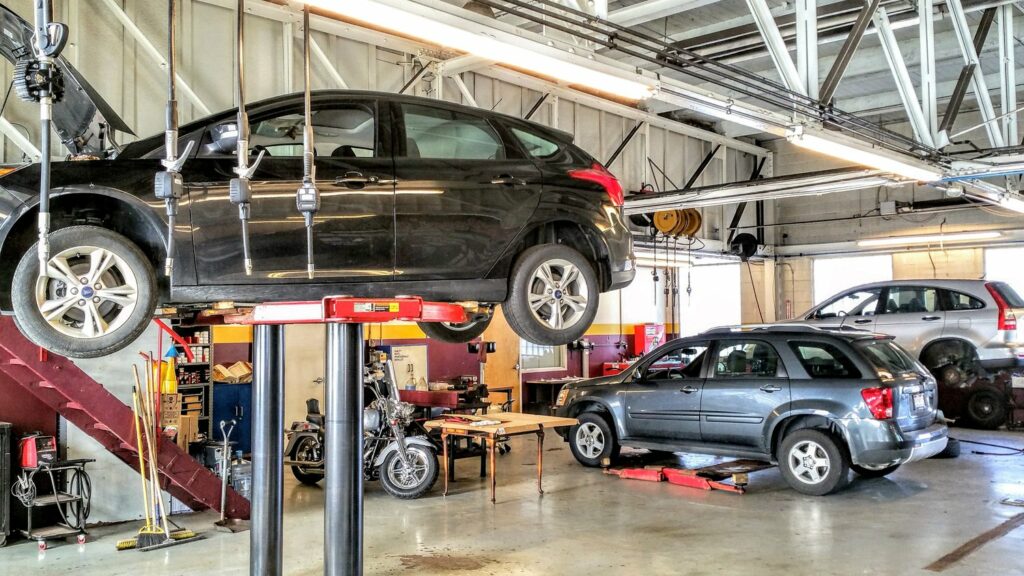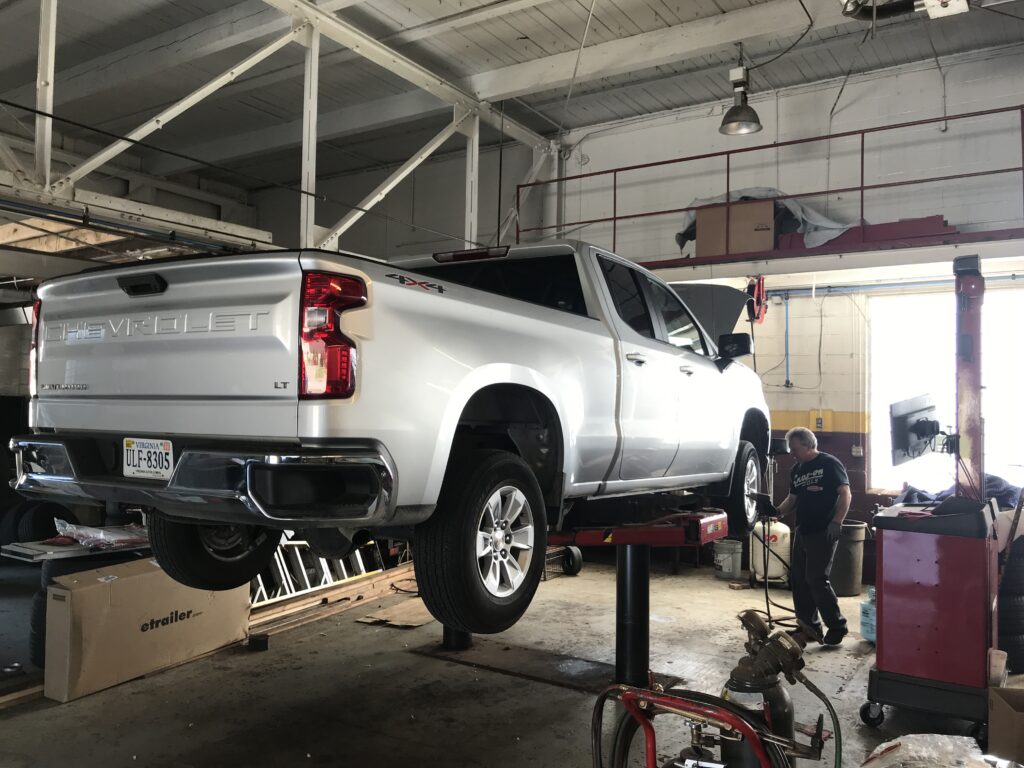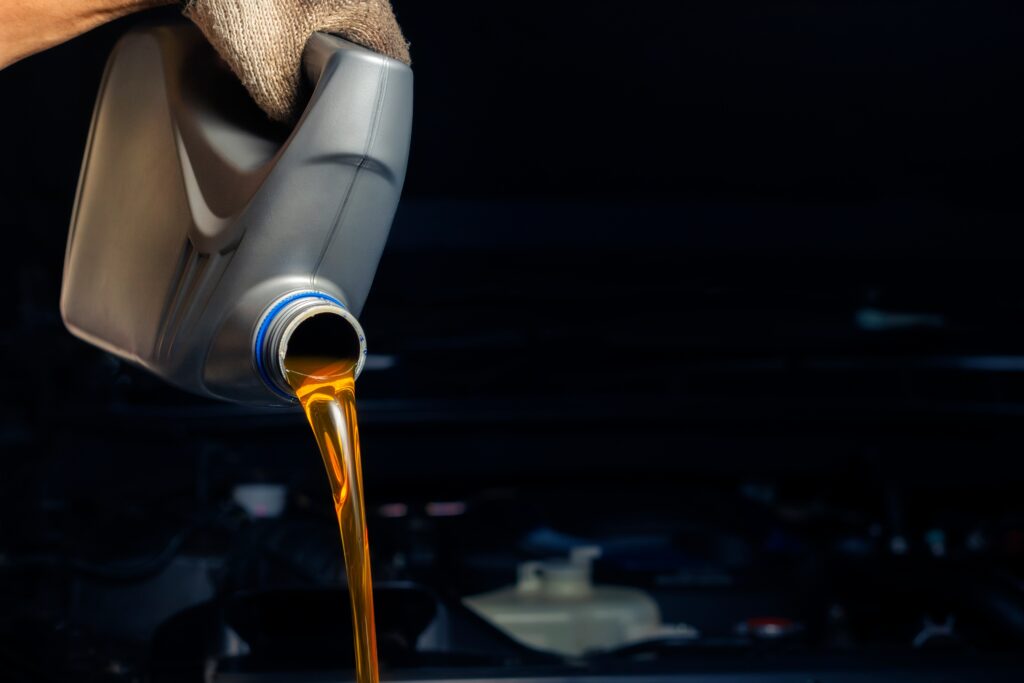Brake pads play a crucial role in your vehicle’s braking system, providing the necessary friction to slow down or stop your vehicle safely. Over time, brake pads wear down due to repeated use, requiring periodic replacement to maintain optimal performance and safety on the road. In this comprehensive guide, we’ll delve into the factors that influence the frequency of brake pad replacement, discuss signs that indicate it’s time for new brake pads, and offer practical tips for maximizing the lifespan of your braking system.

Understanding Brake Pad Wear
Brake pads are designed to wear down gradually over time as they come into contact with the brake rotors during braking. The rate of wear depends on several factors, including driving habits, vehicle type, road conditions, and the quality of the brake pads themselves. Aggressive driving behaviors such as hard braking, speeding, and towing heavy loads can accelerate brake pad wear, as can frequent stop-and-go driving in city traffic or hilly terrain. Additionally, environmental factors such as temperature extremes, road debris, and exposure to moisture and salt can also affect brake pad lifespan.
Average Replacement Interval for Brake Pads
While there is no one-size-fits-all answer to how often you should change your brake pads, a general guideline is to replace them every 30,000 to 70,000 miles. However, this interval can vary significantly depending on driving conditions and other factors, so it’s essential to monitor your brake pads regularly and replace them as needed. Some vehicles may have built-in wear indicators that alert you when it’s time for new brake pads, while others may require visual inspection or professional evaluation to determine their condition.
Signs That Your Brake Pads Need Replacement
It’s crucial to be vigilant for signs that indicate your brake pads are worn out and need replacement. Some common signs include:
- Squealing or Grinding Noise: A high-pitched squealing or grinding noise when you apply the brakes is a clear indication that your brake pads are worn down and need replacement. This noise occurs when the brake pad wear indicator, a small metal tab, comes into contact with the rotor, signaling that it’s time for new brake pads.
- Reduced Braking Performance: If you notice that your vehicle takes longer to come to a stop or requires more effort to brake, it could indicate worn brake pads. Reduced braking performance can compromise your safety on the road, so it’s essential to address this issue promptly.
- Visual Inspection: You can visually inspect your brake pads by looking through the spokes of your wheel or removing the wheel entirely. If the brake pad thickness is less than a quarter of an inch, it’s time for replacement.

Factors Affecting Replacement Interval
Several factors can influence how quickly your brake pads wear out and need replacement. These include:
- Driving Habits: Aggressive driving behaviors such as hard braking, speeding, and frequent stop-and-go driving can accelerate brake pad wear.
- Vehicle Type: Larger, heavier vehicles may wear out brake pads more quickly due to increased weight and braking demands.
- Quality of Brake Pads: The quality of the brake pads themselves can affect their lifespan. High-quality, premium brake pads may last longer and provide better performance than lower-quality alternatives.

Maximizing Brake Pad Longevity
While brake pads will eventually wear out and require replacement, there are steps you can take to maximize their lifespan:
- Practice Gentle Driving: Avoid aggressive driving behaviors and anticipate stops to minimize wear and tear on your brake pads.
- Regular Maintenance: Schedule regular inspections and maintenance checks to monitor the condition of your brake pads and address any issues promptly.
- Use High-Quality Brake Pads: Invest in high-quality, premium brake pads that are designed to withstand the demands of your driving style and vehicle type.
Conclusion
In conclusion, determining how often to change your brake pads depends on several factors, including driving habits, vehicle type, and environmental conditions. By paying attention to signs of wear, practicing good maintenance habits, and investing in high-quality brake pads, you can ensure the safety and reliability of your vehicle’s braking system for miles to come. If you suspect that your brake pads need replacement or have any concerns about your vehicle’s braking performance, don’t hesitate to contact our team at Town Center Automotive. We’re here to help keep your vehicle safe and road-ready.




